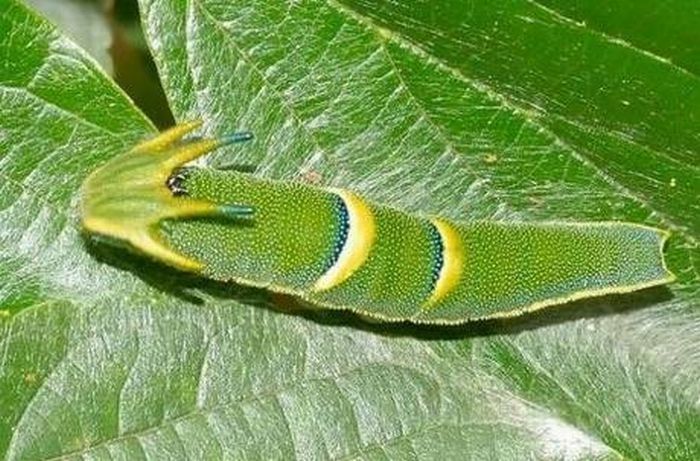|
|
Caterpillar
|
More aggressive self-defense measures are taken by caterpillars. These caterpillars have spiny bristles or long fine hair-like setae with detachable tips that will irritate by lodging in the skin or mucous membranes. However, some birds, like cuckoos, will swallow even the hairiest of caterpillars. The most aggressive defenses are bristles associated with venom glands, called urticating hairs; a venom among the most potent defensive chemicals in any animals is produced by the South American silk moth genus Lonomia. It is an anticoagulant powerful enough to cause a human to hemorrhage to death (also Lonomiasis). This chemical is being investigated for potential medical applications. Most urticating hairs however range in effect from mild irritation to dermatitis.
Plants have evolved poisons to protect themselves from herbivores and some caterpillars have evolved countermeasures and eat the leaves of these toxic plants. In addition to being unaffected by the poison, they sequester it in their body, making them highly toxic to predators. These chemicals are also carried on into the adult stages. These toxic species, such as the Cinnabar moth (Tyria jacobaeae) and monarch (Danaus plexippus) caterpillars, usually advertise themselves with brightly striped or coloured in black, red and yellow—the danger colors (called aposematism). Any predator that attempts to eat a caterpillar with an aggressive defence mechanism will learn and avoid future attempts. Some caterpillars regurgitate acidic digestive juices at attacking enemies. Many papilionid larvae produce bad smells from extrudable glands called osmeteria.
|
|









